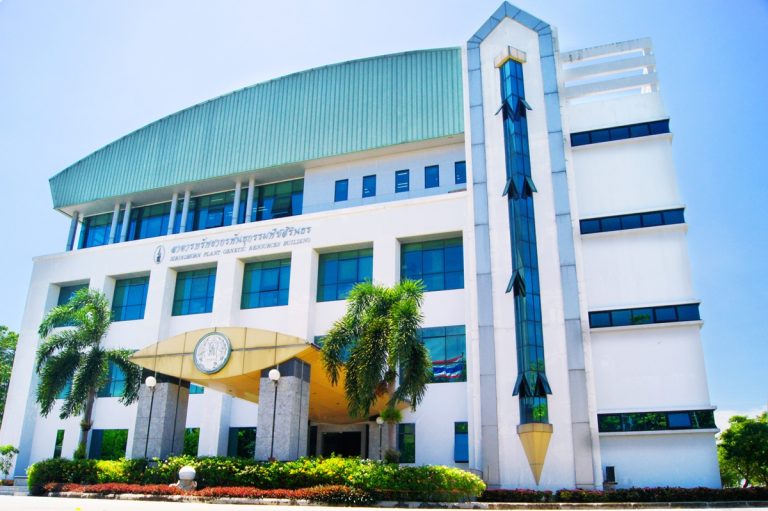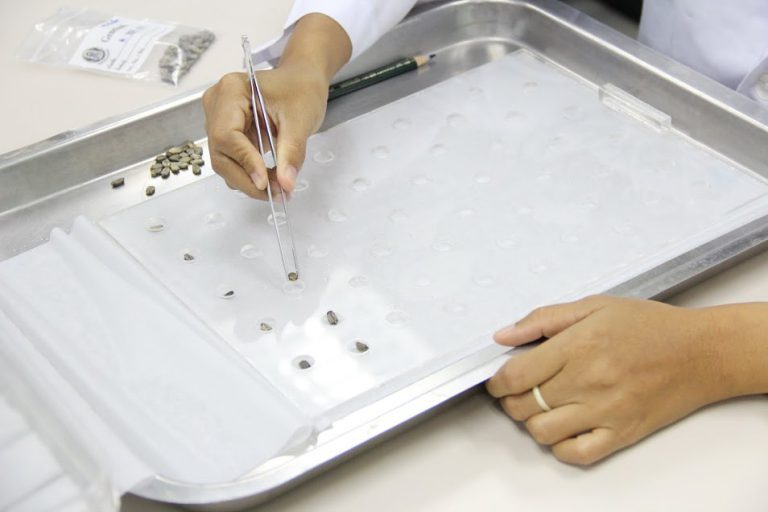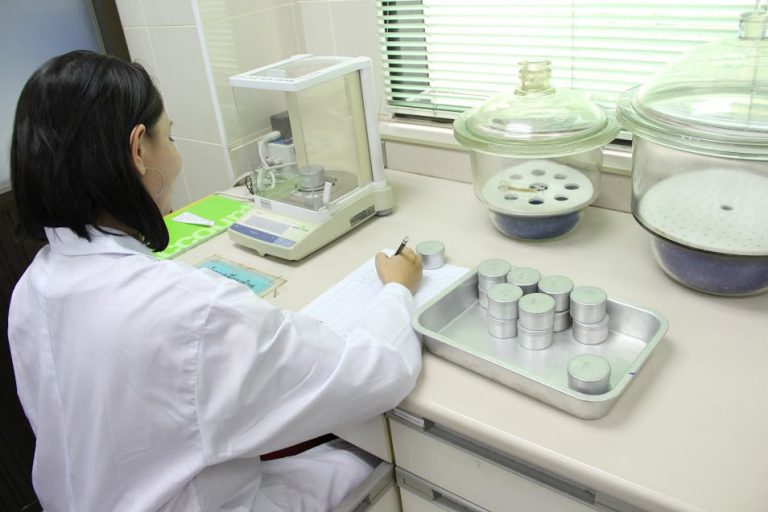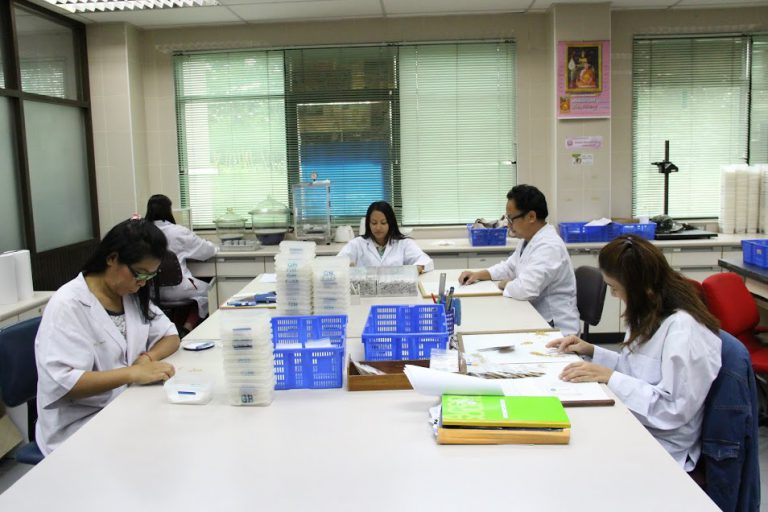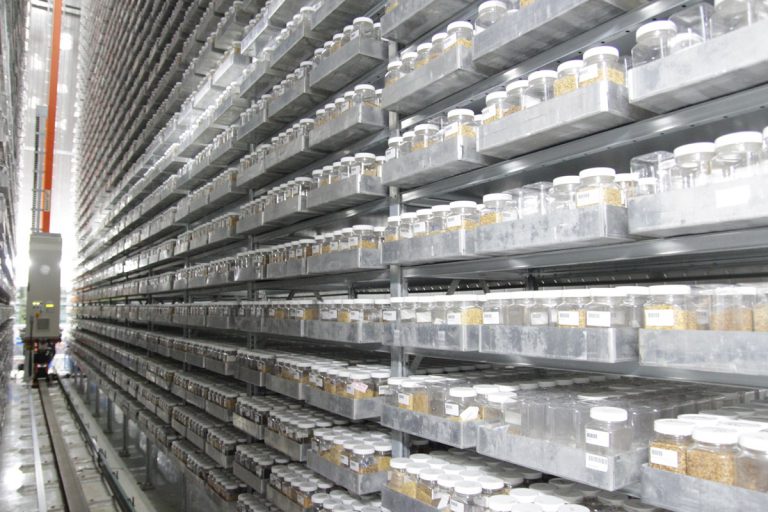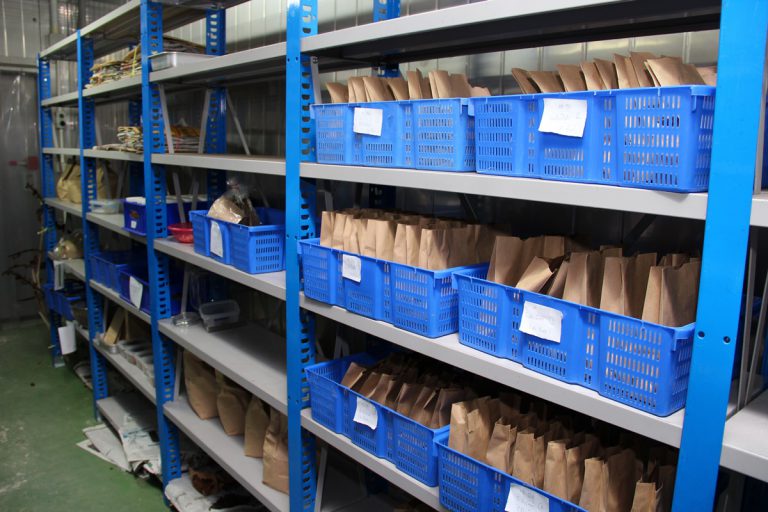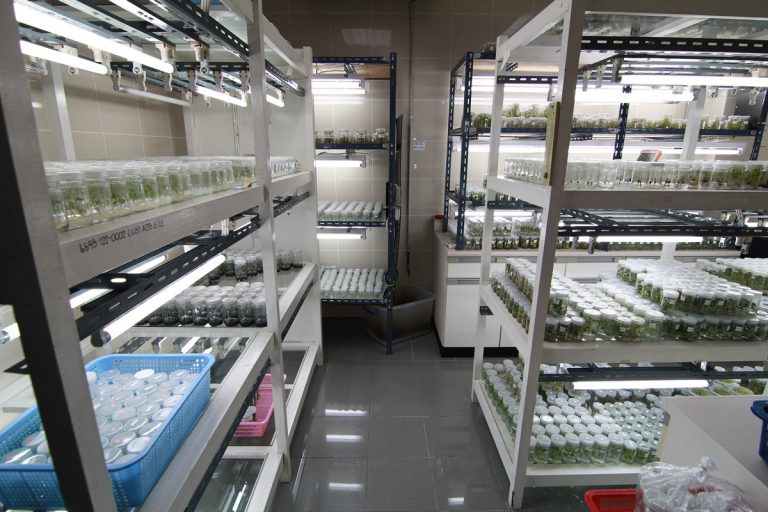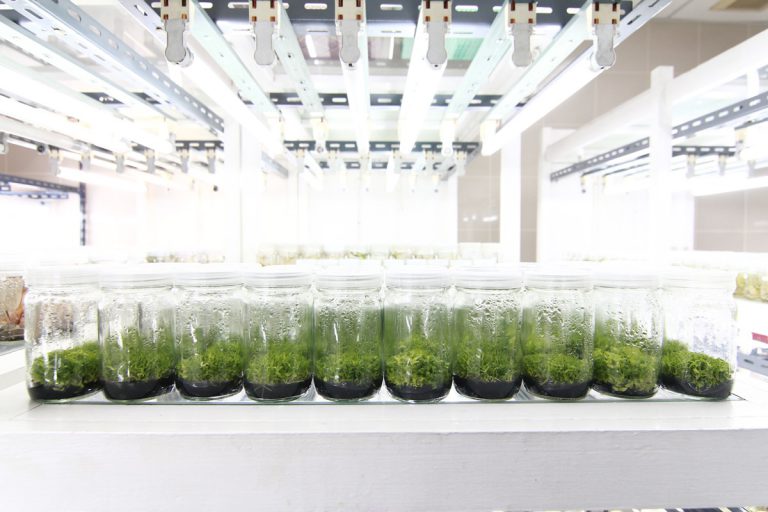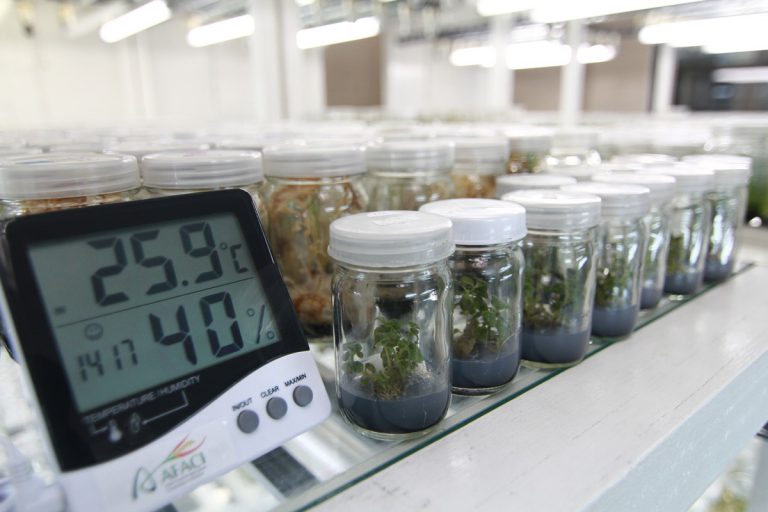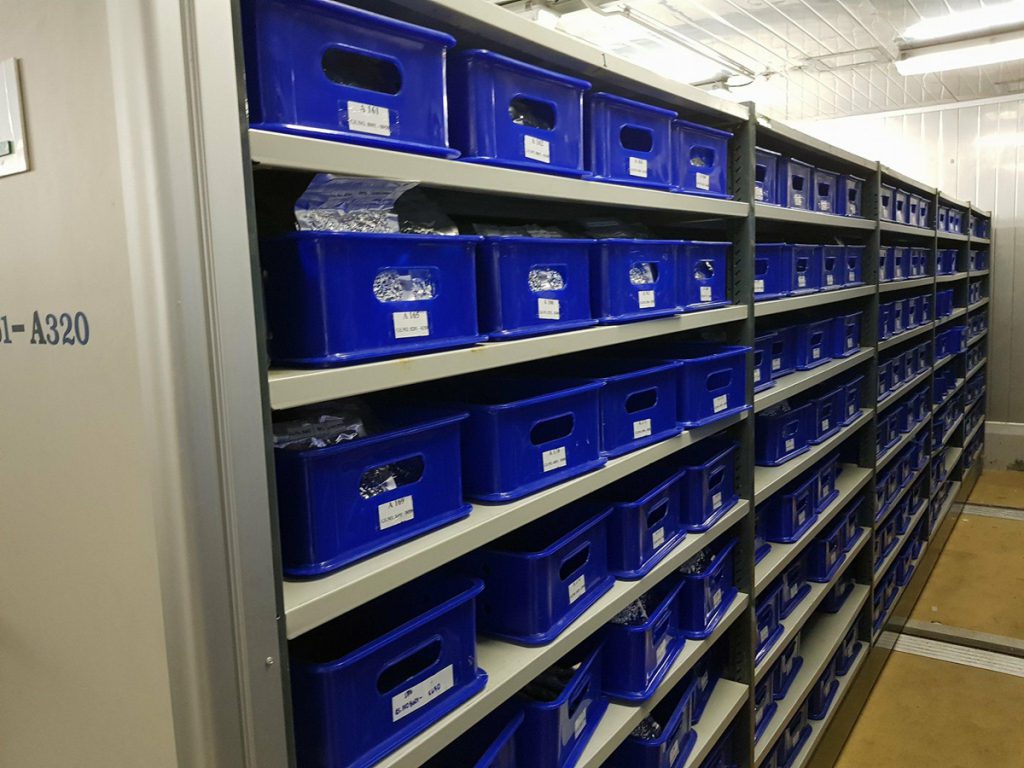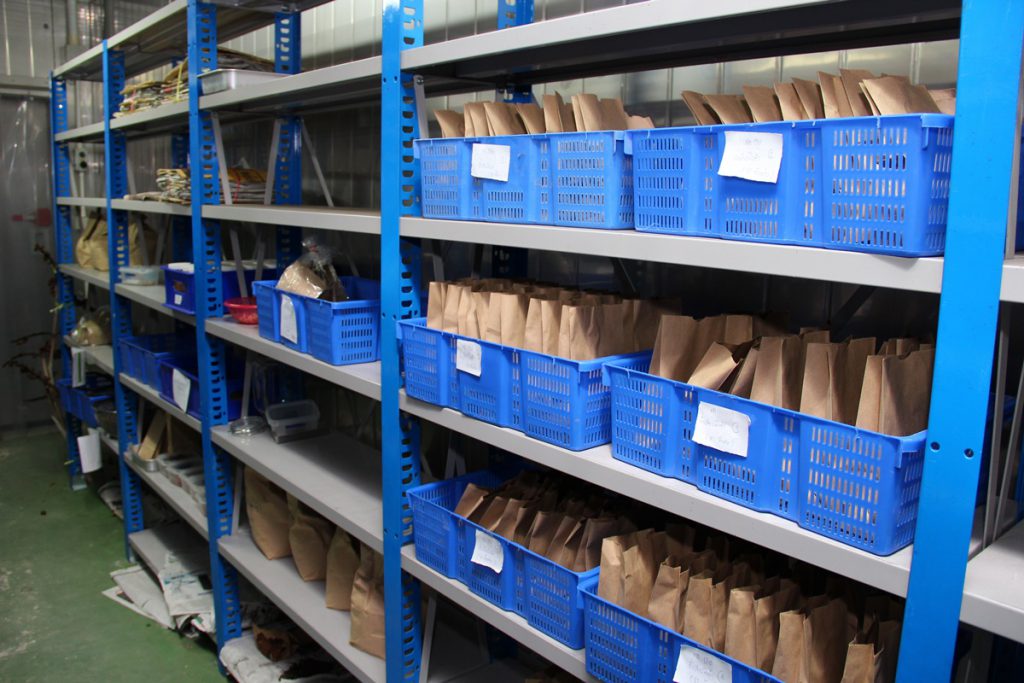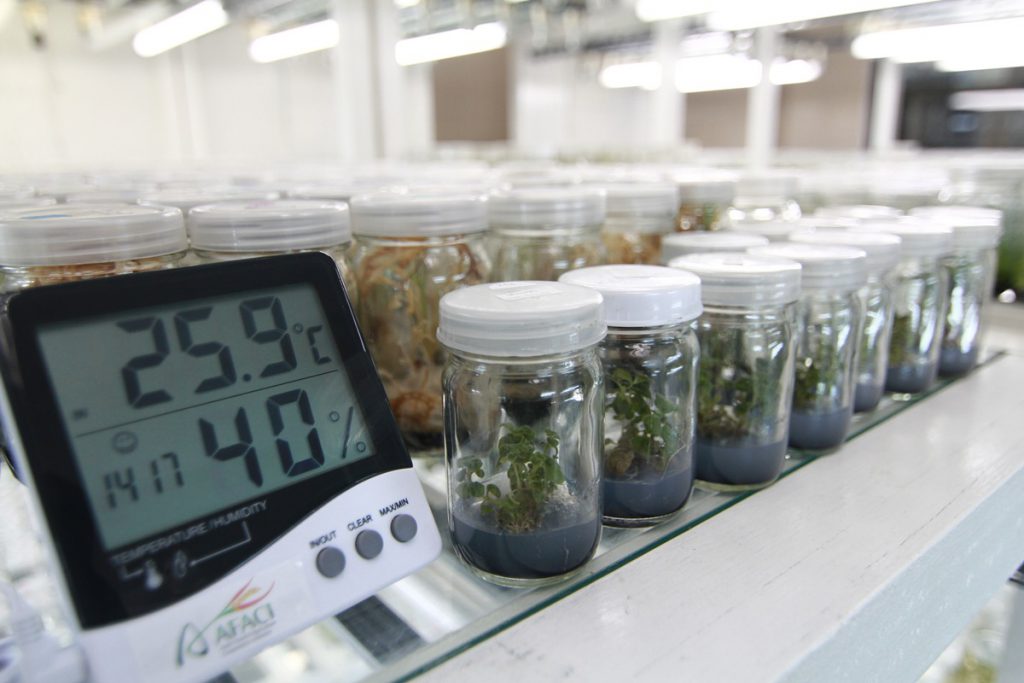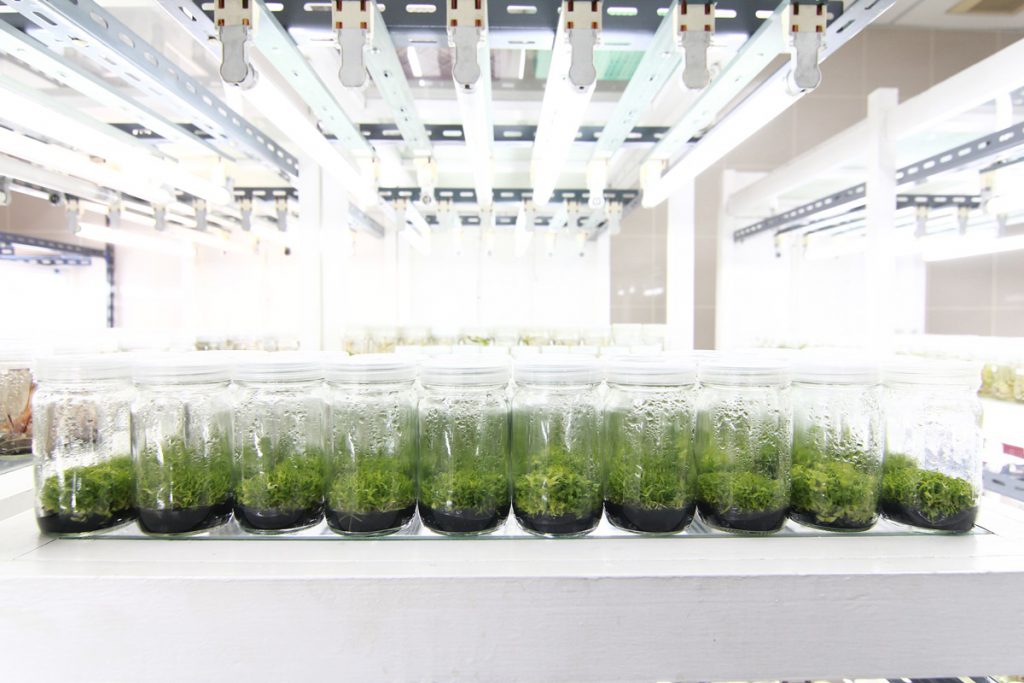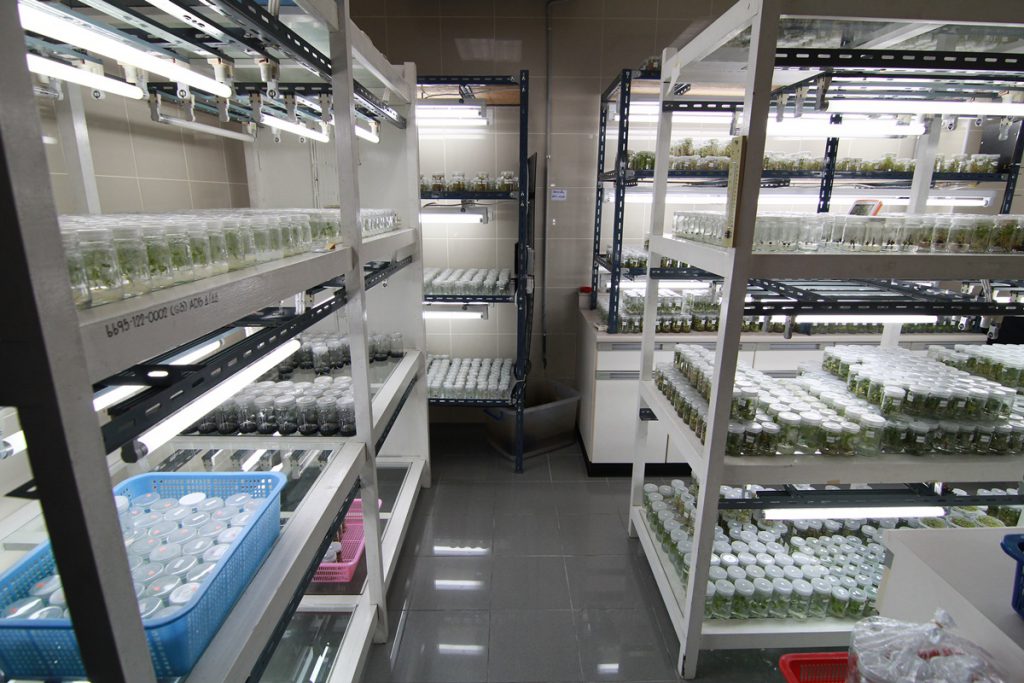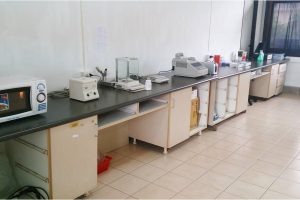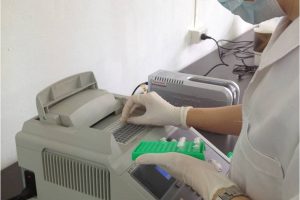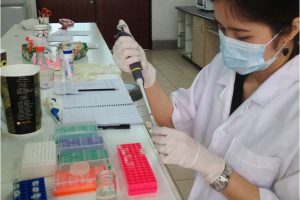About DOA Genebank
The Genebank of the Department of Agriculture or DOA Genebank was established in 2002. Her Royal Highness Princess Maha Chakri Sirindhorn had graciously named the DOA Genebank building as “Sirindhorn Plant Genetic Resources Building” and had graciously grant permission to engrave HRH Royal Emblem above the name of the building, and on 9 September 2002, HRH Princess Sirindhorn had graciously inaugurated the Sirindhorn Plant Genetic Resources Building. At present, the DOA Genebank is being operated by the Genebank Research and Development Group of the Biotechnology Research and Development Office, mandated to conduct conservation of plant genetic resources both native and wild species and parent materials of major economic crops, including new plant species that has potential for research and breeding purposes to enhance crop productivity. It also serves as a database for information related to the inherent genetic traits of plant species, classified based on genetic characteristics and further developed as central database system for genetic information, linked to various databases. The DOA Genebank also supports scientific information to various related agencies both local and international organizations. It also provides storage services for seeds and planting materials to public and private agencies under the conditions specified under the Plant Varieties Protection Act. At present, The DOA Genebank stores seed controlled under the Automatic Bullet Crane system. The DOA Genebank has developed an efficient system in preparation to the upcoming ASEAN Economic Community.
Vision
To serve as a center of excellence for the conservation of plant genetic resources of Thailand, towards leadership for conservation of plant genetic resources in the South East Asia Region.
Mission
- To serve as a center for the collection and conservation of plant genetic resources both for native and wild species and parent materials for major economic crops and new plant species that has a potential to be used for research and breeding purposes to enhance crop productivity.
- As a database and source of plant genetic information, classified based on the inherent genetic traits and the value of the genetic resources, including the provision and exchange of information with the various agencies both local and international organizations.
- To provide seed depository and distribution services to the public and private sectors, in accordance with the Plant Variety Protection Act B.E, 2542.
- Conducts research and development of technologies for the conservation of plant genetic resources that could be applied for the management and operation of the DOA Genebank.
- Establish research collaborations with the universities and other agencies on the conservation of plant genetic resources to benefit the researchers, breeders, academics, farmers, and the country.
- Building of capacity as readiness to become the center for the conservation of genetic resources in the ASEAN region.
Objectives
- As a center for the collection and conservation of plant genetic resources both native, wild and parent material of major economic crops and new plant varieties that could be used for the research and development to improve productivity, and to provide depository and genetic management services for plant genetic material stored in the Geneback for the public and agencies both the government and the private sector.
- As a database on plant genetic resources classified as to its inherent genetic trains and the value of the genetic resources.
- As provide an access to information on plant genetic resources to both local agencies and international organizations.
Potential for the conservation of plant genetic resources
Medium-Term Storage Room (5oC at Relative Humidity of 60%) under controlled temperature and moisture for the conservation of plant genetic resources. The room area is 76 sq.m. wide and the 24 meters high, with storage capacity of about 150,000 samples. The room has an automated system for seed storage which comprise of two major components such as the computer program
WinCC and the automatic crane to lift the samples. The seed re-vitalization period is every 5-10 years.
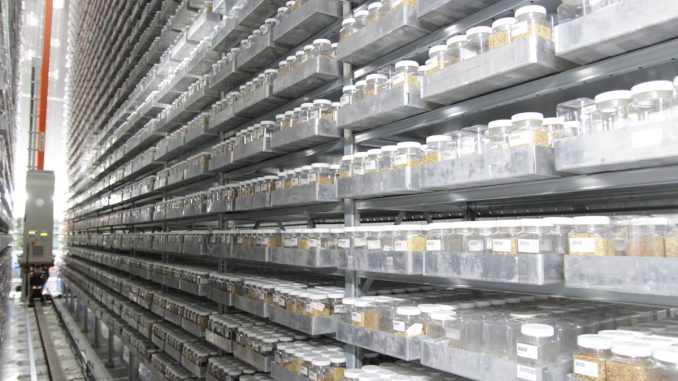
Seed Laboratory Room The seed laboratory room has an area of about 96 sq.m. used to clean the seeds, test the seed purity, test and reduce seed moisture, test the seed germination, vitality and vigor, and for breaking of seed dormancy.
In vitro Conservation Room The room is used to sterilized seeds, and for tissue culture, to conserve plant genetic materials that could not be stored in the form of seeds, and are rare plant species or at near extinction. The technique used for mass propagation, retardation of growth, and conservation under cold state. The room is under terilized condition composed of three sections, tissue culture room, tissue transfer room, and the media preparation room.
The Molecular Laboratory Room was established in 2012 with a room area of 41.25 sq.m. with the objective to accommodate research related to the studies on genetic traits of the seeds maintained in the DOA Genebank through DNA fingerprinting.

